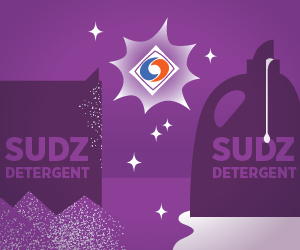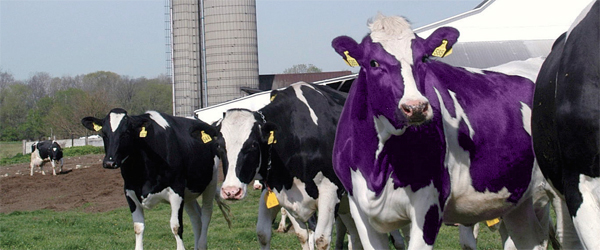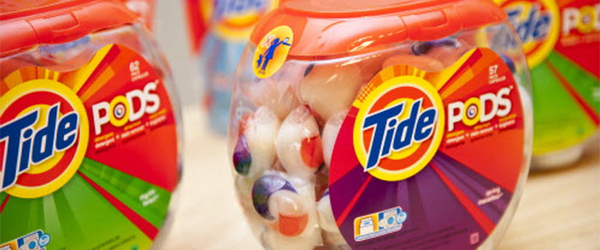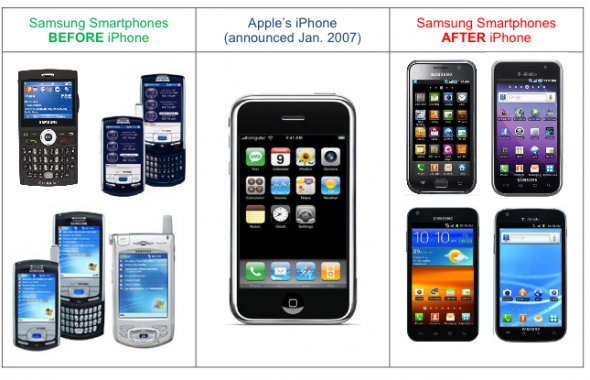 This post originally appeared in our August ’13 issue of “Live Report from the Future of Marketing,” our monthly Post-Advertising newsletter. Subscribe for free here.
This post originally appeared in our August ’13 issue of “Live Report from the Future of Marketing,” our monthly Post-Advertising newsletter. Subscribe for free here.
Marketing CPG products is hard. Marketing Apple products is easy. Well, not really (on both accounts), but let me explain.
Apple products—computers, phones, music players, tablets and other digital devices—are some of the most expensive products on the market. But devoted fans come out in droves to purchase the latest editions, seeming not to mind that they’re paying a premium for the mass-produced technologies. I’m not faulting them. I’m a fanboy myself, writing this article on my MacBook Pro, which is connected to Wi-Fi with Apple Airport, with my iPhone and iPad close by.
Apple products are so gorgeous, cutting-edge and reliable that they practically sell themselves. While we know how much thought and work went into developing Apple’s iconic ad campaigns, marketing the brand seems easy at face value because the products are so sought after that the fans will buy the iPhone (insert version number here) just because it’s in their nature to buy Apple products. Their passion and lust are almost palpable.
But marketing a market-leading technology product is one thing. What about marketing a standard consumer product? How do you make fans care about your detergent? Your buttery spread? Your toothpaste? Your ice cream? Last time I checked, there were no lines of people waiting outside supermarkets to buy anything they were selling.
What’s Remarkable?
In a recent blog post, Seth Godin answered a question from a fan, who asked, “How do you turn something that is considered a commodity into a Purple Cow when the lowest price is the only thing that seems to matter to customers?” A Purple Cow, by the way, is what Godin defines as anything phenomenal, counterintuitive, exciting and remarkable. We’ve seen hundreds of cows in our lifetime, but if we saw a purple cow, we couldn’t ignore it.

Very few consumer products are Purple Cows. Wander down any aisle and you’re inundated with choices. I’m pretty sure I’ve never bought the same marinara sauce twice. I don’t know which ones I’ve liked (I’m easy to please), and I never know how much I should spend (how can one jar be $2.50 and another $10?). Marinara sauce jars are just a bunch of cows to me, and if I didn’t have a picky wife, I’d buy the cheapest.
The fan’s question is a valid one and one that many CPG marketers grapple with. Here’s Seth’s answer:
If you tell me that price is the only thing that matters to customers, I respond that nothing about this product matters to them. If all that we’ve got to care about is the price, then the price is the discussion, not the item itself.
Racing in the Wrong Direction
For most consumer products, it’s a race to the bottom (of price). Even when it comes to computers, price is often the deciding factor. Dell offers a 17-inch laptop PC with a 500 GB drive for $450. You can’t buy an Apple laptop with similar specs for less than $1,000, and for that price you’re getting a screen five inches smaller than the Dell’s.
So what does Apple have that PCs don’t? It makes remarkable products, and it makes them first. Smartphones had been out for years before Apple reinvented them. It did the same with MP3 players and tablets.
But as with all technology, competitors catch up. Microsoft, Samsung and other competitors have created computers, phones and tablets that rival Apple’s technology, and in some cases surpass it, often at a lower price point. So why does Apple still dominate? Apple fans, like me, stay true to the brand because the brand means something to us. We stay because of the brand’s story. We stay because the brand has a commitment to making high-quality products and continuing to innovate. We pay the higher prices because we care about the laptop we carry and the apps we download. Apple’s brand story has created an emotional connection that transcends the typical consumer purchase criteria. That’s what makes selling Apple products easy…sort of.
Your CPG Brand in the Color Purple
Selling standard consumer packaged goods is more difficult. There’s little emotional connection to the things we fill our shopping carts with. But that’s not because we as consumers don’t care about the brands or products in general. It’s because the brands themselves haven’t made a commitment to becoming Purple Cows.
Old Spice
Old Spice is one of dozens of men’s grooming brands, but I defy you to recall a single marketing effort by any deodorant or body-wash brand not named Old Spice. Old Spice’s innovative and outrageous multichannel campaign set the bar for CPG marketing. Old Spice was able to make consumers care by creating entertaining and shareable content that resulted in a 27 percent sales increase in the six months after the campaign launched.
Tide Pods
One of my favorite examples of CPG innovation and brand storytelling is Tide Pods. Traditionally, applying detergent to a load of laundry was a messy, imperfect process, especially for me. I never knew how much to put in (do I fill to line 1, 2 or 3?), and while it was not totally time-consuming, I would certainly have welcomed a quicker, more accurate method. Detergent brands benefited from the imperfection because it often meant overpouring, which resulted in more-frequent purchasing. This was amplified when detergents became more concentrated (and more expensive).
What could be simpler than pouring detergent into a cup? Eliminating the pour. Procter & Gamble created a self-contained detergent packet that would dissolve quickly in water. This not only eliminated overpouring, which was good for the consumer but bad for the brand, but also turned a 10-second process into a one-second process—and if you’ve spent any time in my basement, you’d appreciate getting out of it nine seconds sooner.
Tide Pods are priced at a premium in a competitive space where consumers are often very price sensitive. Through innovation, however, Procter & Gamble’s detergent is now a Purple Cow. The brand’s commitment to the consumer to eliminate wasted product endears the brand to her, while the simplicity adds convenience. Consumers are paying a premium for the accuracy and simplicity of the product too, shelling out about 25 cents per load for the Pods versus $25 for bottled Tide and as little as seven cents for bargain detergents. So while Procter & Gamble eliminated the messy and time-consuming overpouring, it increased the price. But now, as far as detergents go, I don’t care about just price. I care about convenience, speed and cleanliness, and I’m happy to pay a premium for them.
I’ll let Seth sum it up, since he seems to be more eloquent and less verbose than I am:
No, you can’t magically make it interesting to all. But yes, with enough effort and care, you can find those who are interested enough in what you create that they’ll choose to talk about it.
And if you can’t, go make something else. Something that people will choose to care about and talk about.
We sell commodities by choice.



